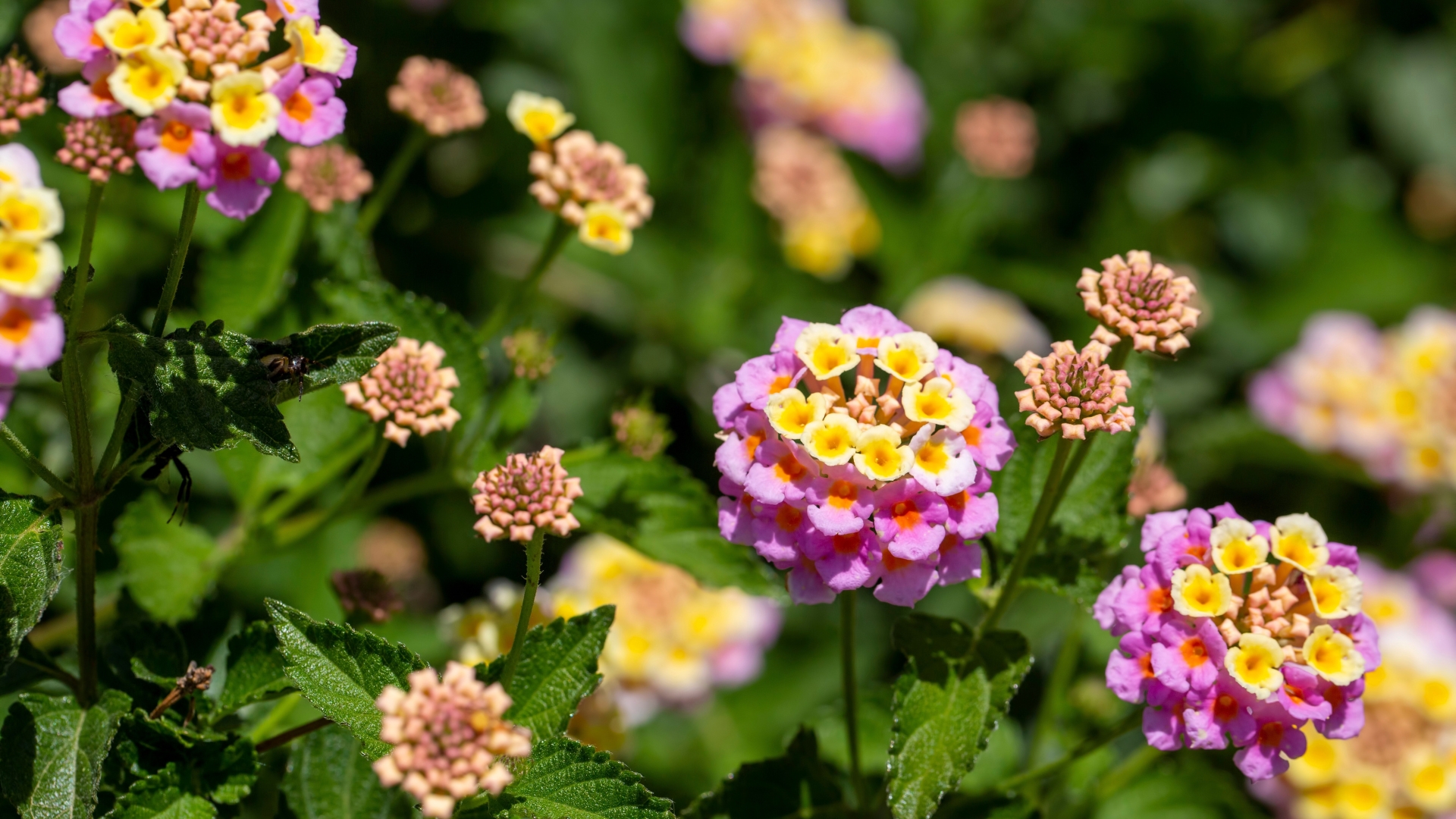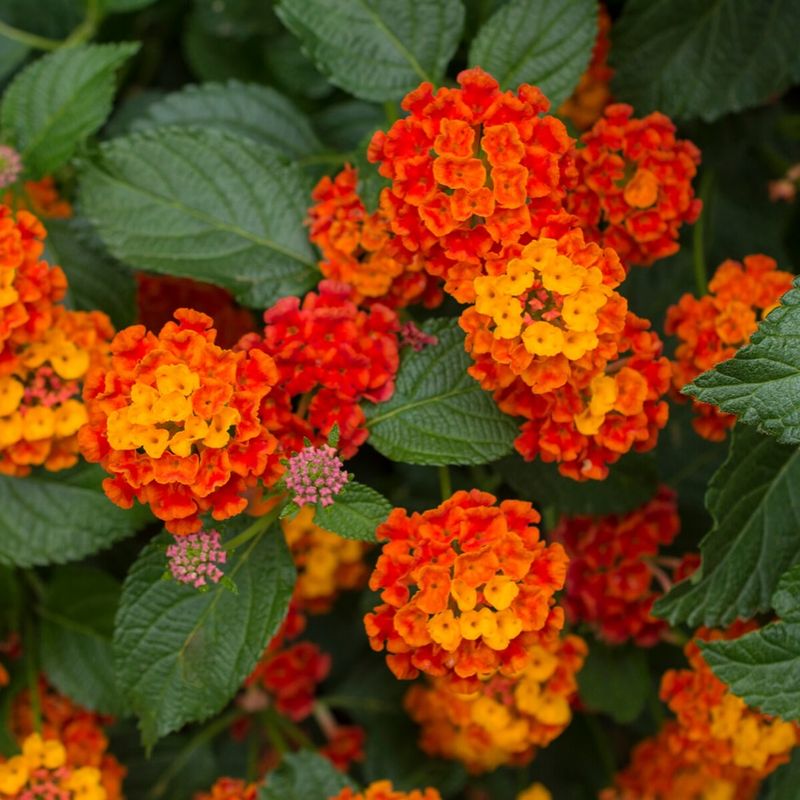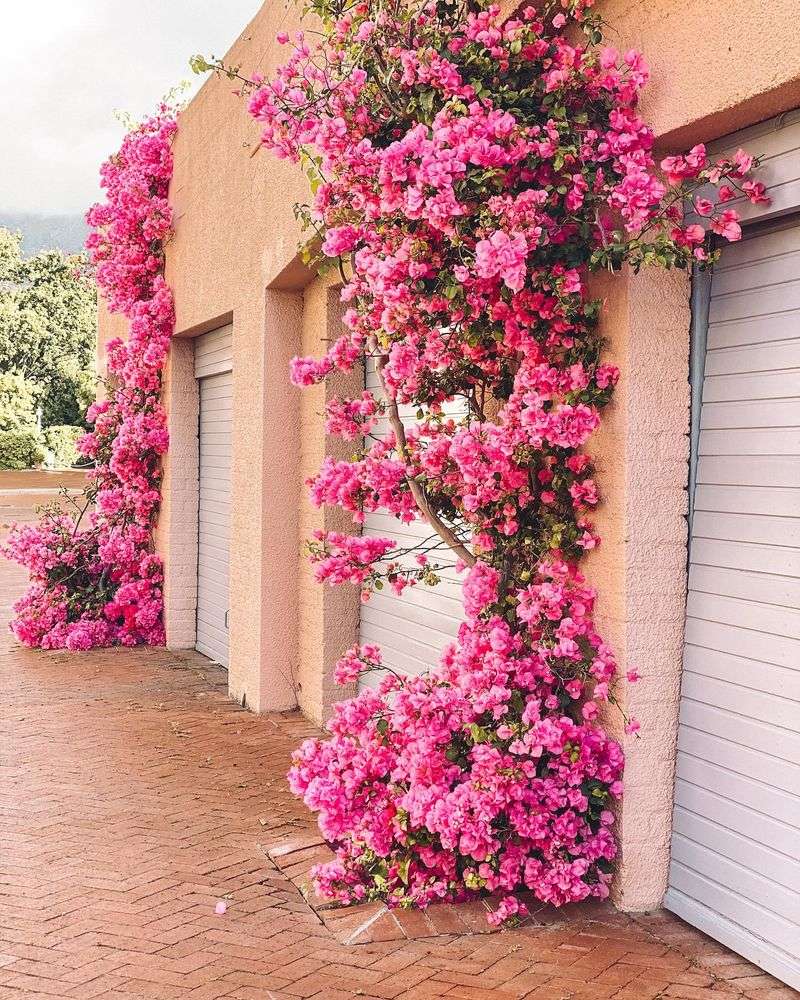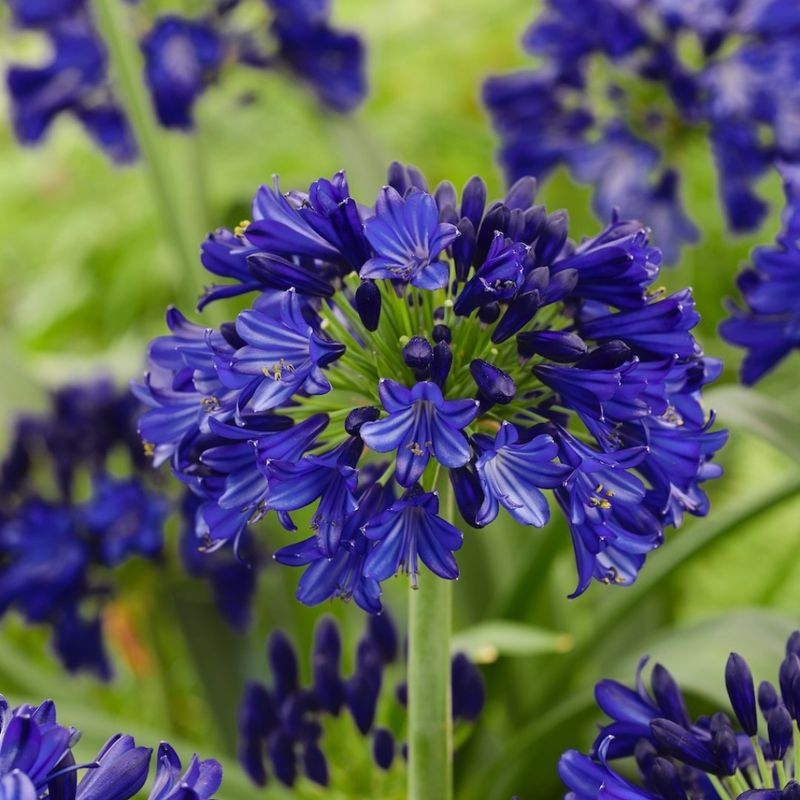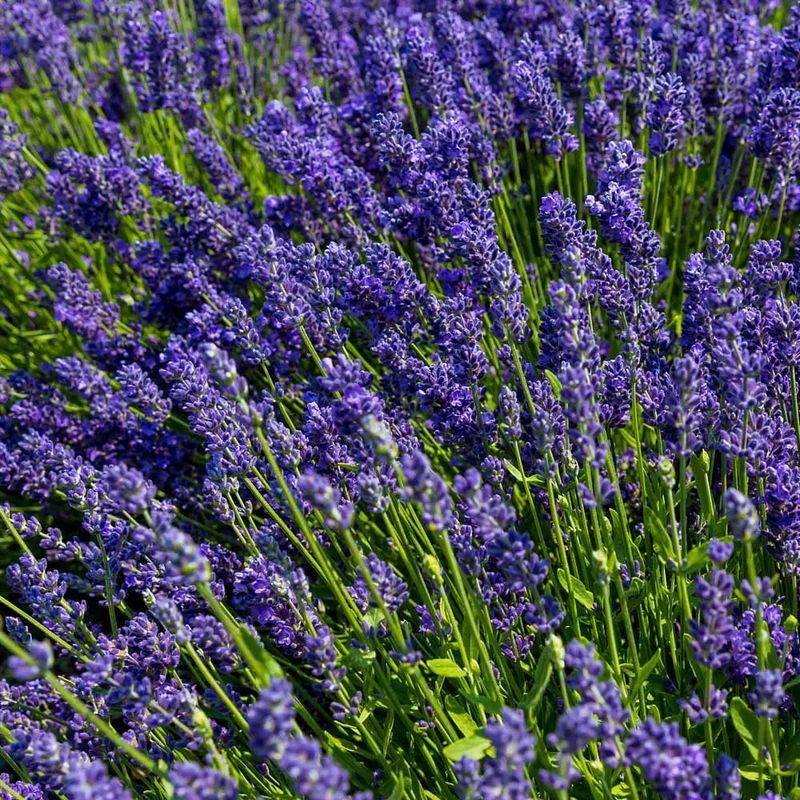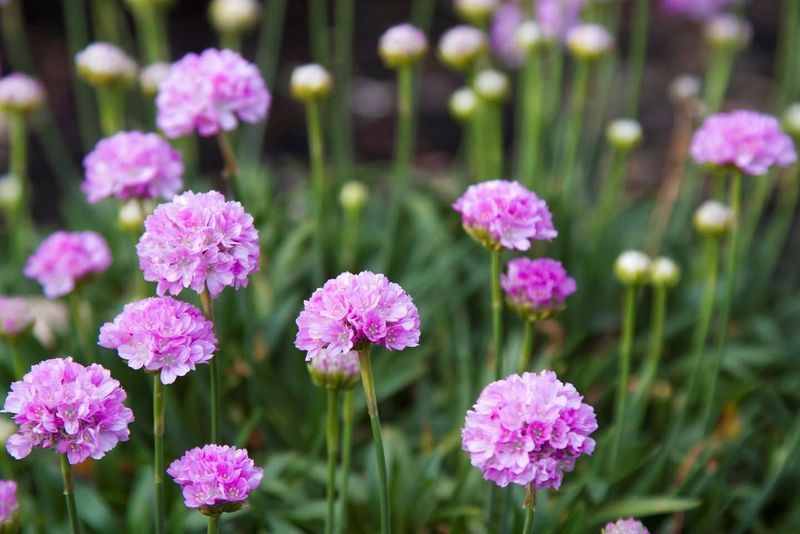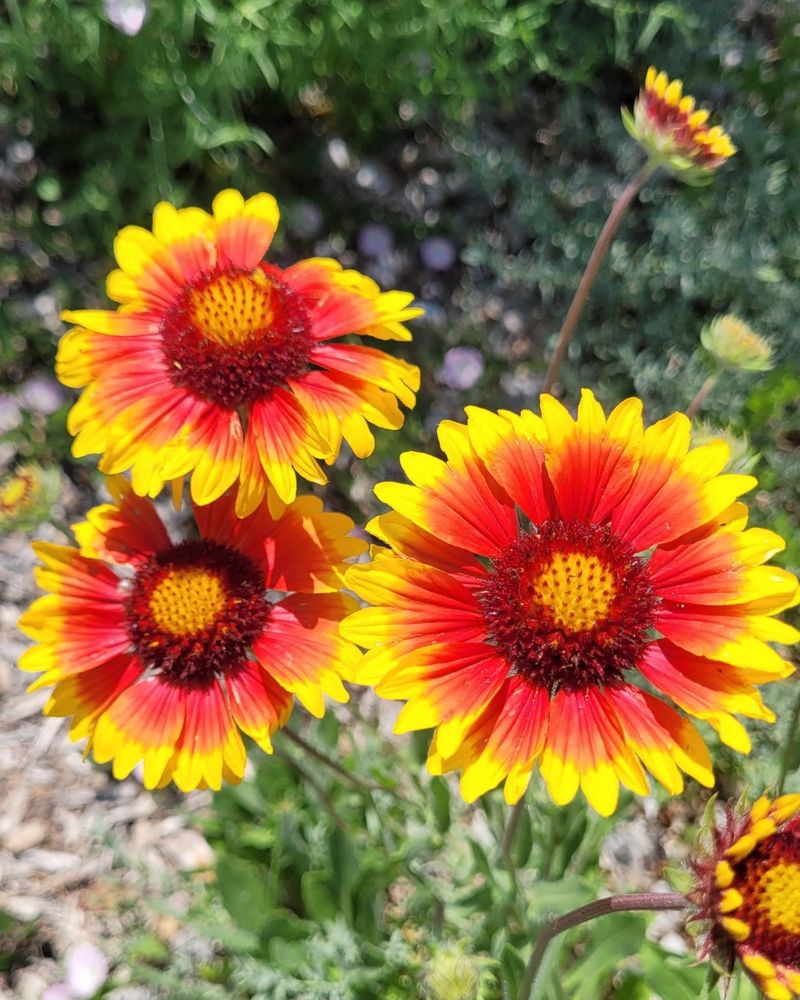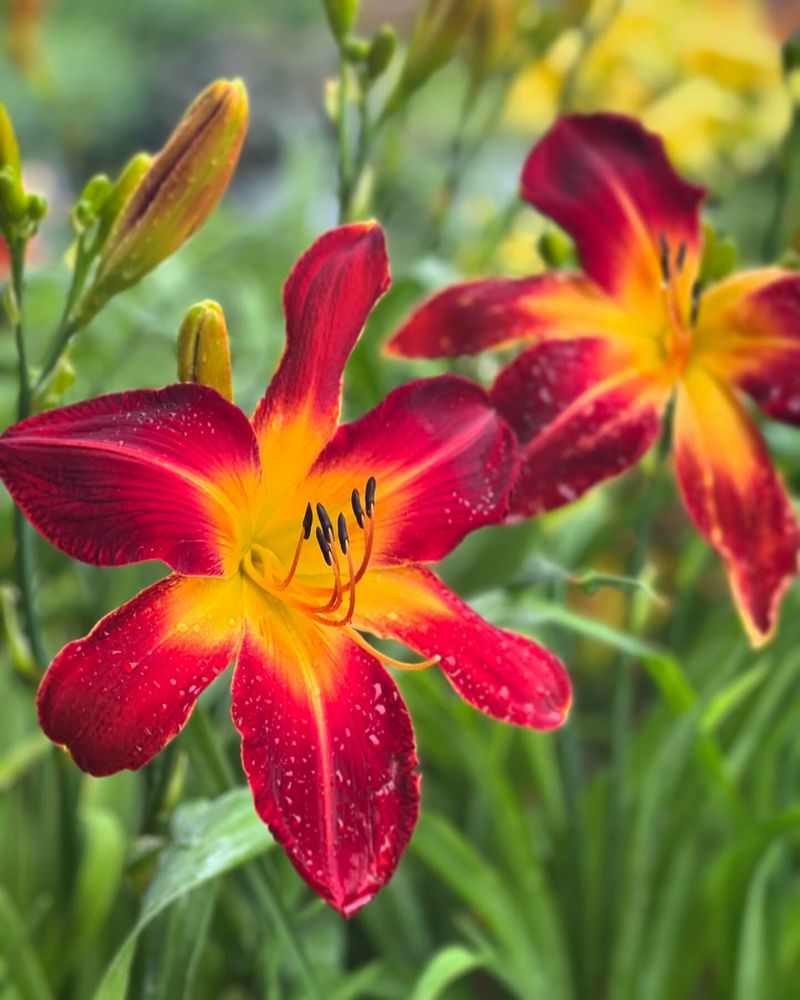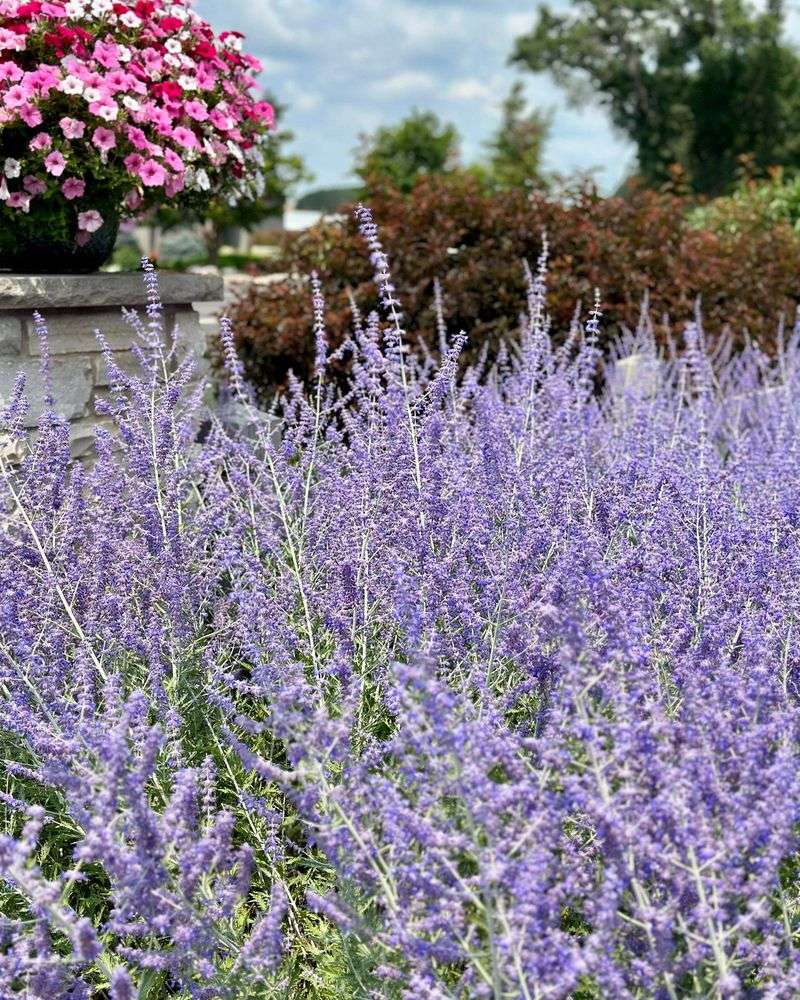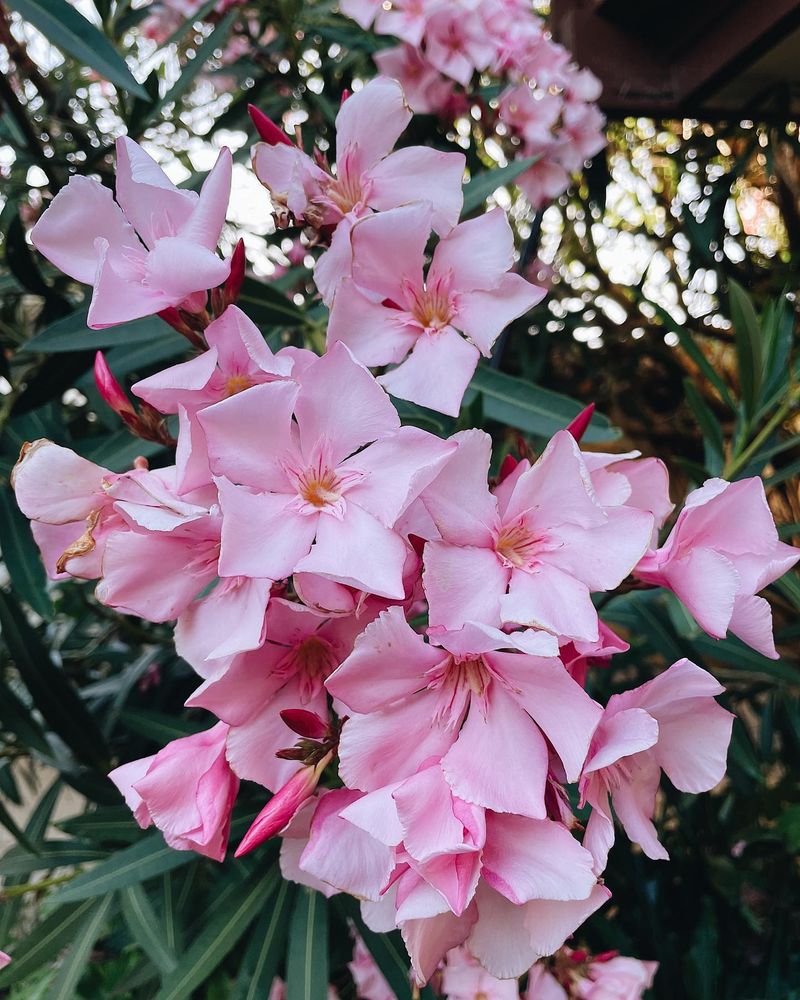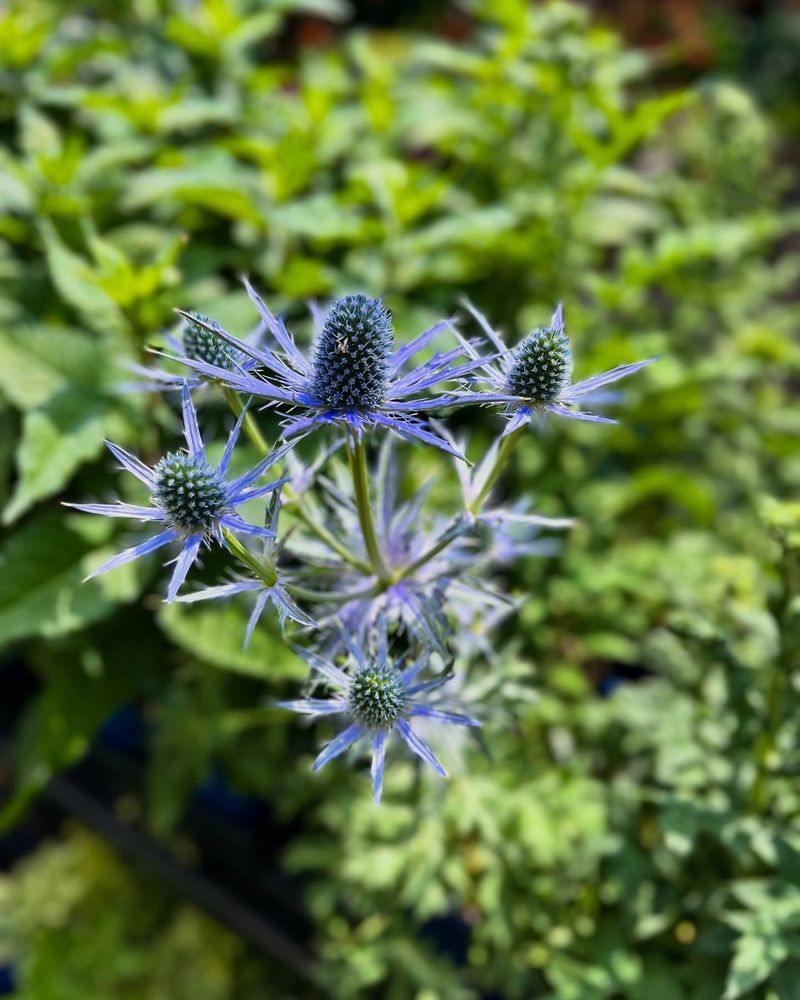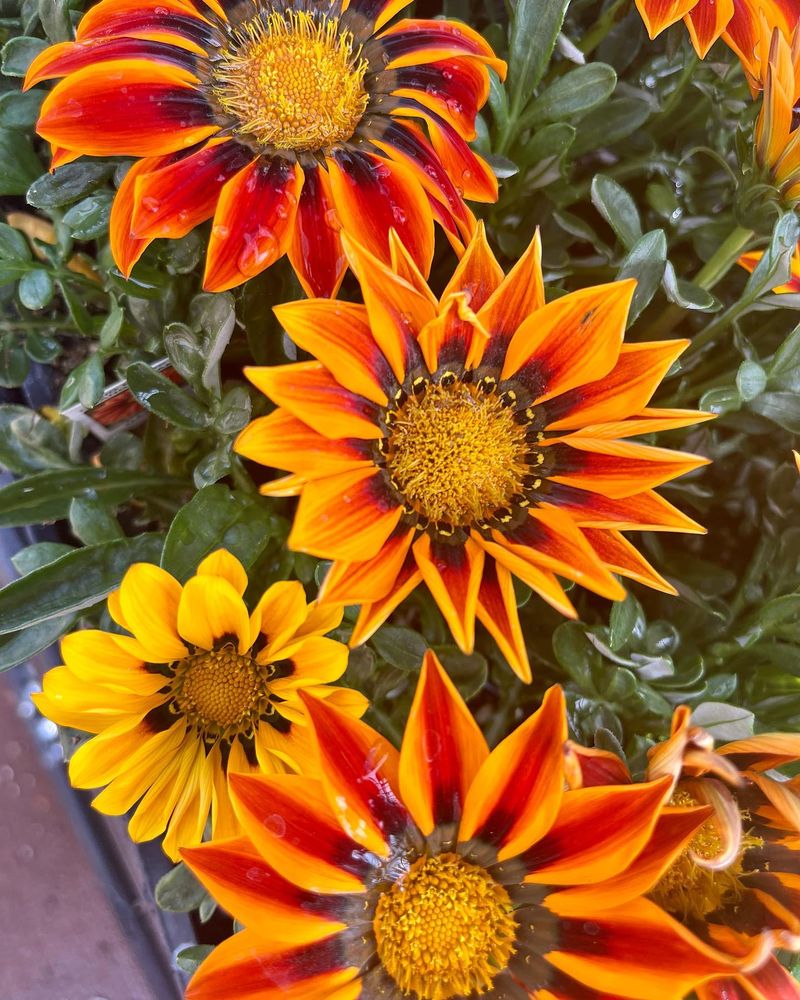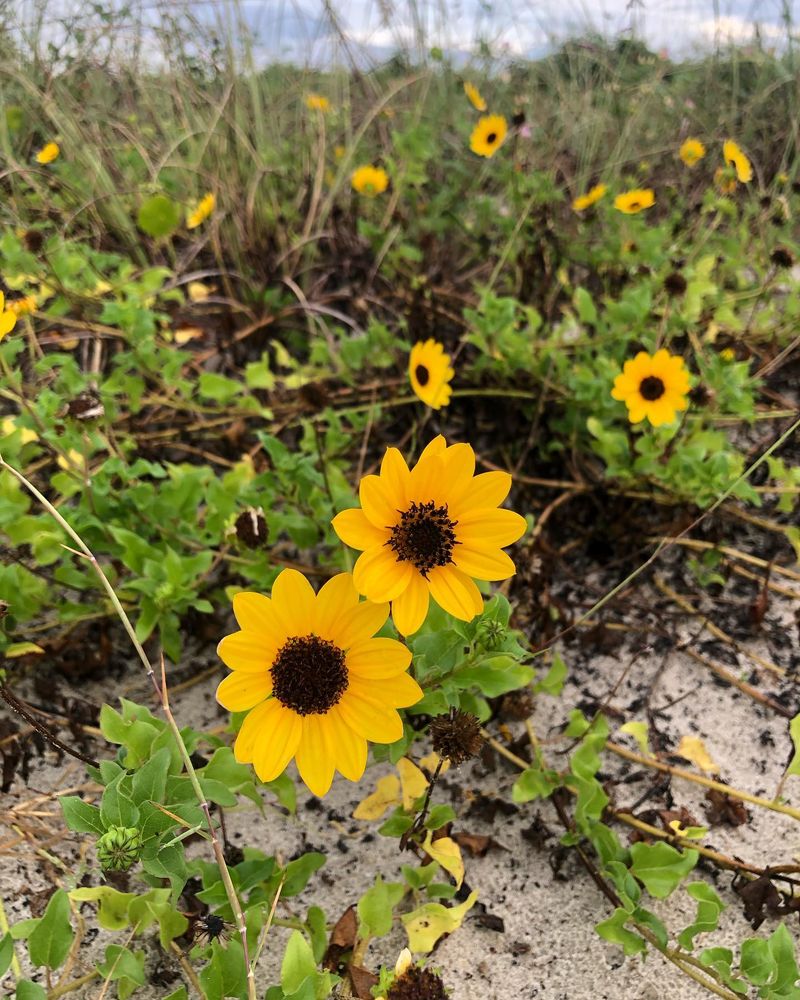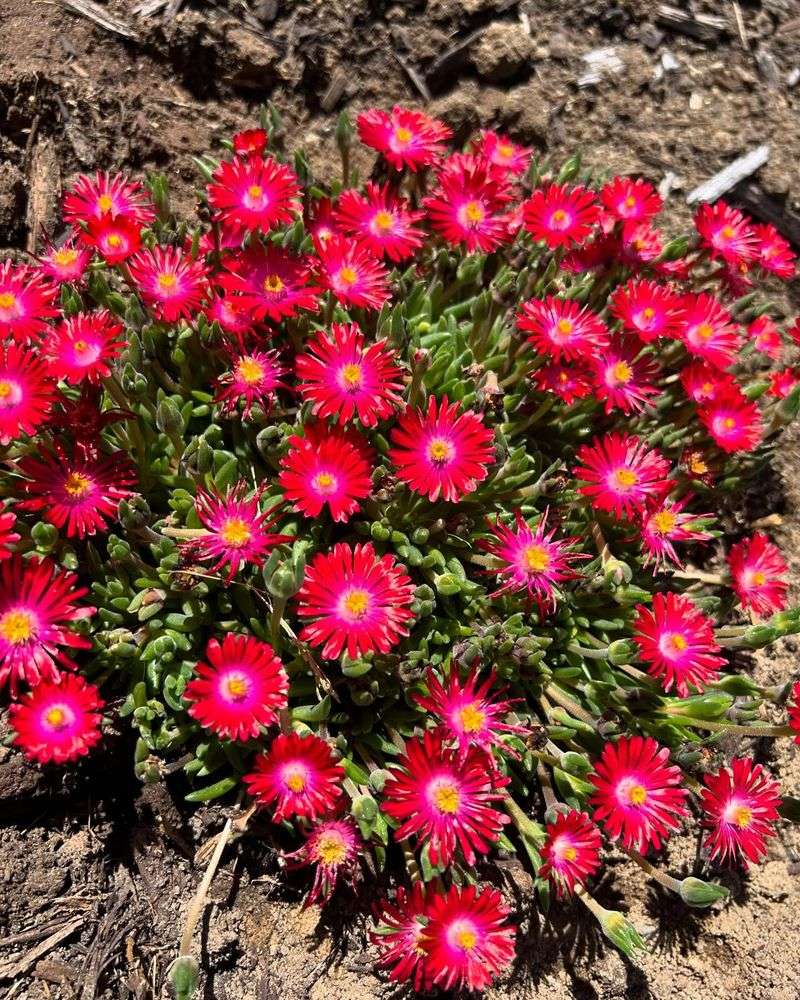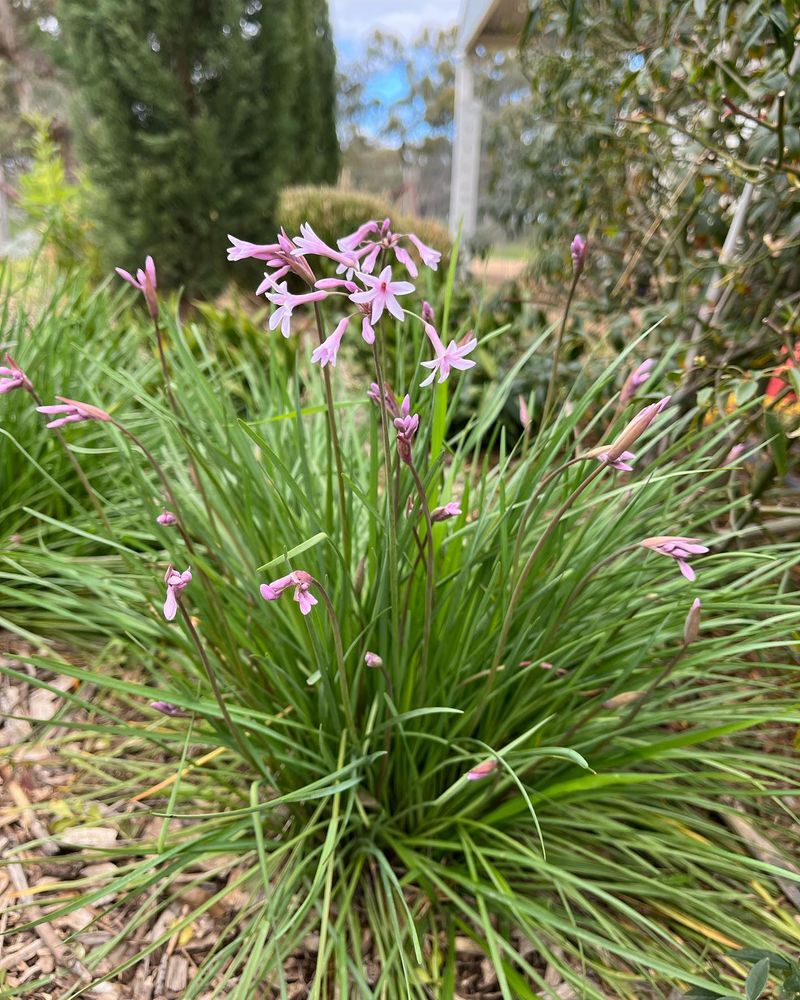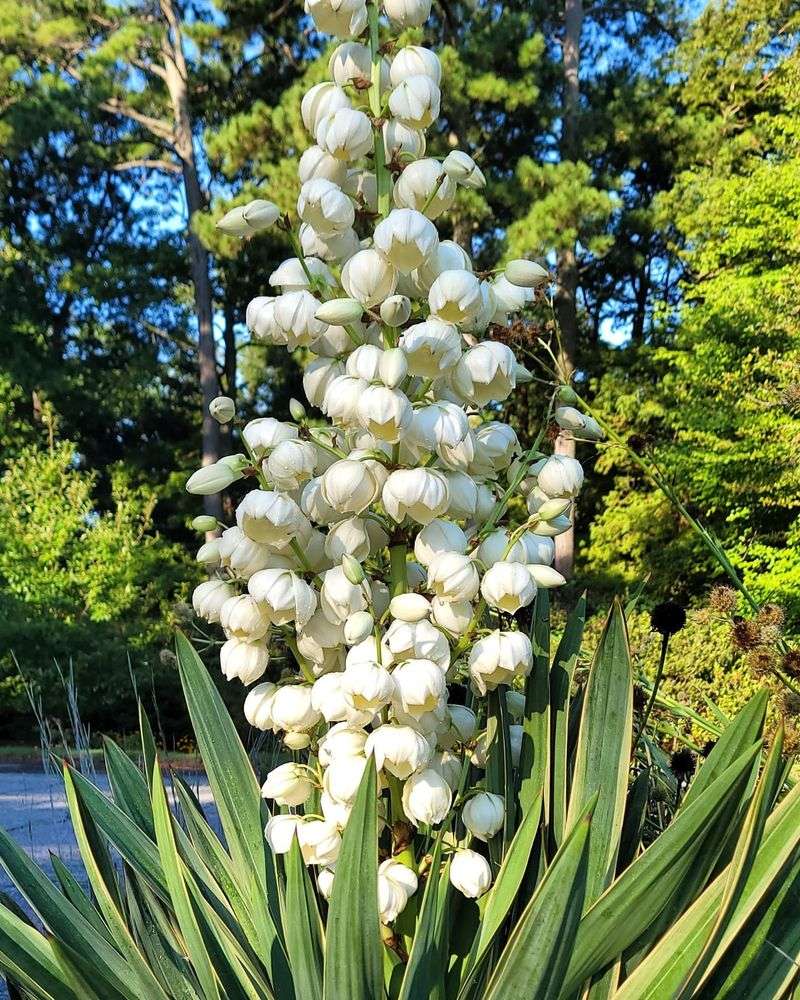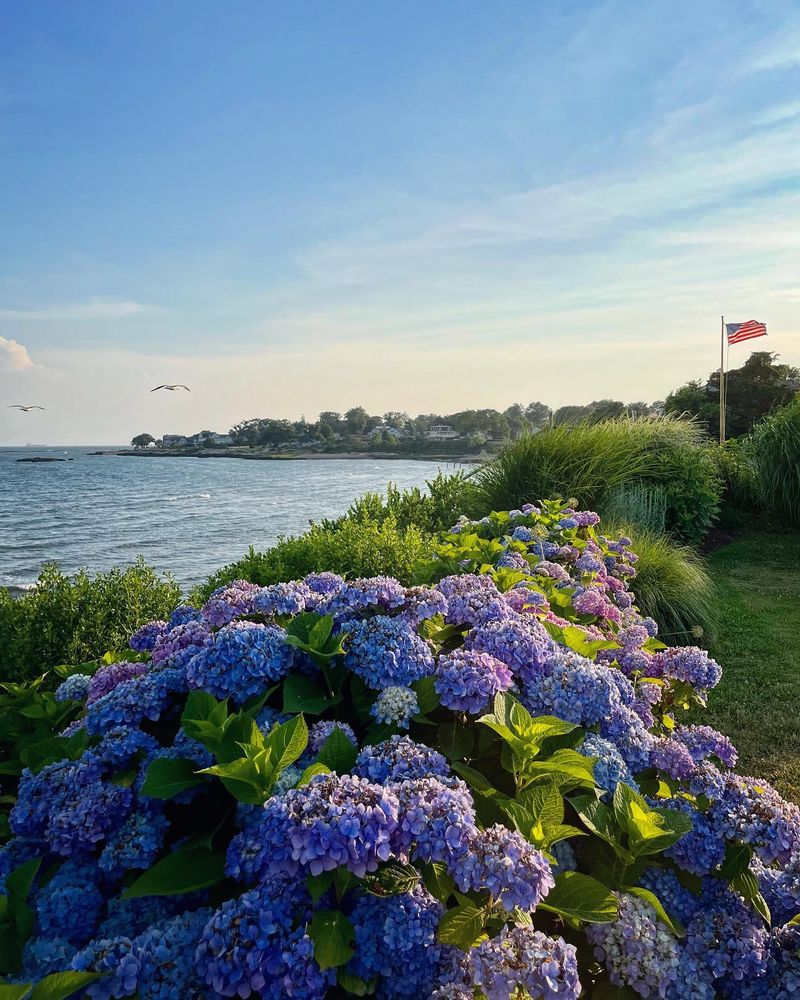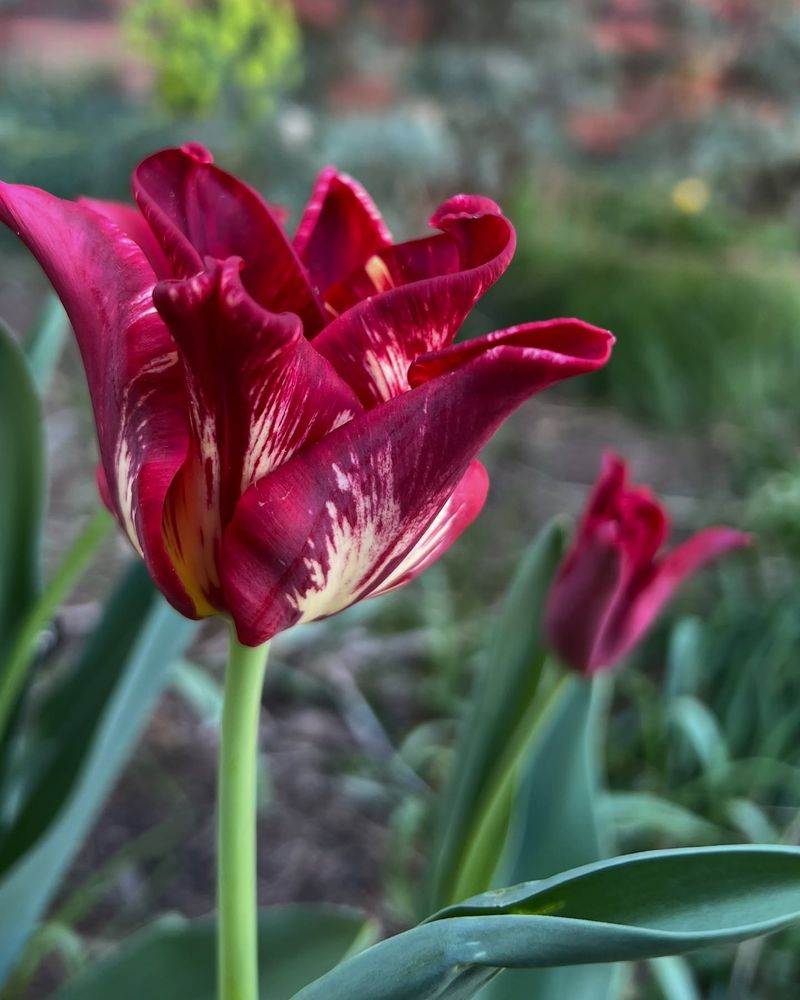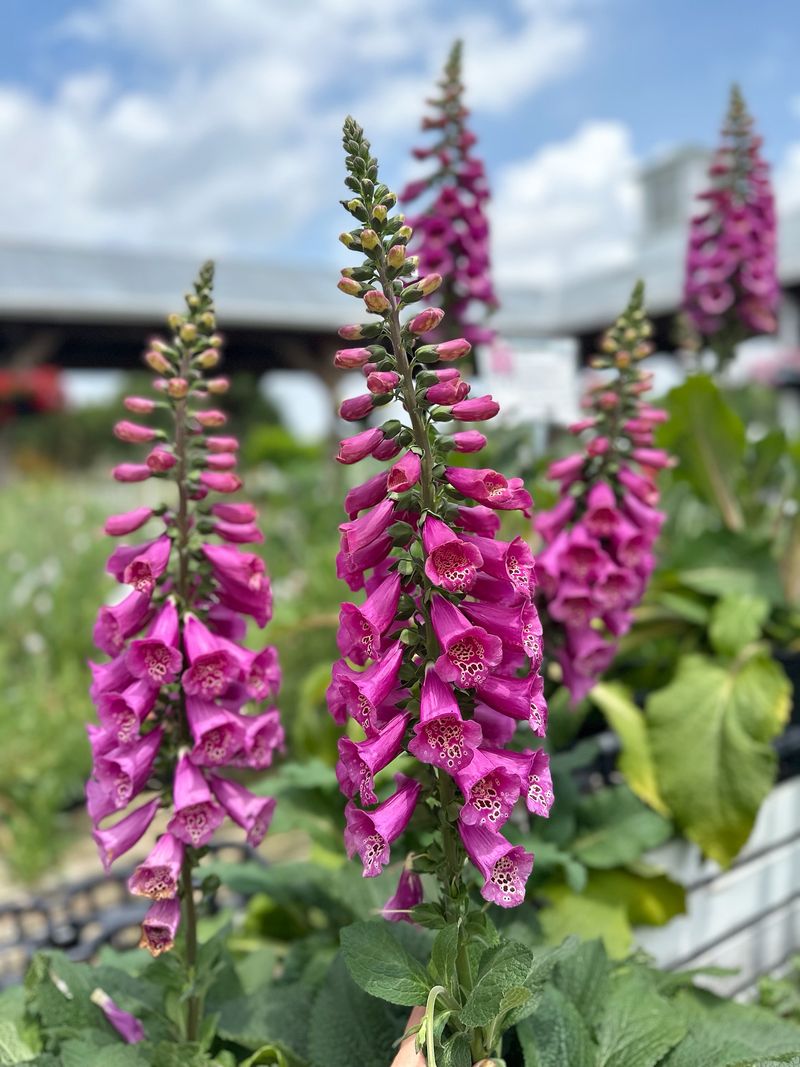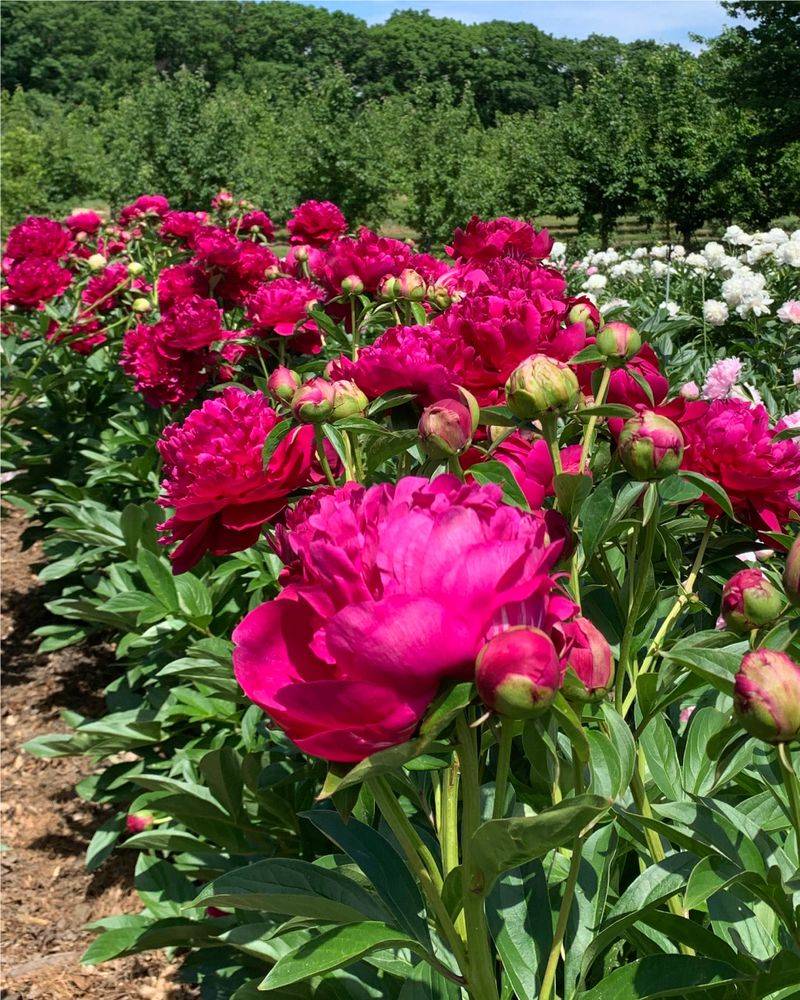Coastal gardens come with sunshine, salty air, and a bit of a challenge when it comes to flowers. Some bloom like champs in the heat, while others just can’t keep up.
If your garden’s by the coast, it helps to know who the real survivors are. These beauties can handle the heat and still look stunning doing it.
And just so you’re not wasting time—or plants—there’s a heads-up on a few that won’t make the cut.
1. Lantana
These heat-loving perennials produce clusters of tiny, multicolored flowers that seem to change hues as they mature. The butterfly magnet thrives in coastal conditions, laughing at salt spray and poor soil.
Plant lantana in full sun and watch it spread with minimal care. Just trim occasionally to keep its shape, and you’ll enjoy continuous blooms from spring until the first frost hits.
2. Bougainvillea
Nothing says ‘tropical paradise’ quite like these vibrant climbers. The paper-like bracts come in stunning pinks, purples, oranges, and whites, creating a dramatic display against any wall or trellis.
Bougainvillea actually blooms better when slightly stressed from heat and drought. Coastal gardeners can enjoy its thorny but beautiful presence year-round in warmer zones, with minimal watering once established.
3. Agapanthus
Known as Lily of the Nile, these striking perennials produce tall stems topped with spherical clusters of blue or white trumpet-shaped blooms. Their strappy foliage stays green year-round in mild coastal areas.
Salt tolerance makes agapanthus perfect for oceanfront gardens. Once established, they require little maintenance and will reliably return each summer, creating dramatic vertical interest among lower-growing coastal plants.
4. Lavender
The fragrant silver-gray foliage and purple flower spikes of lavender perfectly complement the coastal aesthetic. Mediterranean varieties particularly excel in the sandy, well-draining soils typical of beach areas.
Plant lavender where it can bask in full sun and ocean breezes. The aromatic oils that make this herb so beloved also help it withstand salt spray, while attracting pollinators and repelling less desirable insects.
5. Sea Thrift
True to its name, sea thrift naturally grows along coastlines and cliffs. The compact mounds of grass-like foliage produce lollipop-shaped pink or white blooms on slender stems in spring and early summer.
Hardy and salt-tolerant, these charming perennials thrive where other plants fail. Their neat habit makes them perfect for rock gardens, borders, or container plantings where they’ll provide reliable color in the harshest coastal conditions.
6. Blanket Flower
Gaillardia, commonly called blanket flower, brings fiery sunset colors to coastal gardens. The daisy-like blooms feature red centers ringed with yellow or orange, creating a cheerful display that lasts for months.
Sandy soil and full sun? No problem for these drought-tolerant natives. Their deep taproots help them withstand both heat and salt exposure while continuously producing new flowers if deadheaded regularly.
7. Daylily
These reliable perennials earn their keep in coastal gardens with trumpet-shaped blooms in nearly every color imaginable. Each flower lasts just one day, but plants produce buds in succession for weeks of continuous color.
Daylilies shrug off salt spray and coastal winds with their strong, strappy foliage. Once established, they’ll multiply year after year with almost no care, making them perfect for busy beach house owners.
8. Russian Sage
The airy cloud of lavender-blue flowers atop silvery stems creates a dreamy effect in coastal landscapes. Russian sage starts blooming in midsummer and continues well into fall, providing long-lasting color.
Heat and drought only make this perennial happier. The aromatic foliage deters deer and rabbits, while the nectar-rich flowers attract butterflies and bees, adding wildlife interest to your seaside garden.
9. Oleander
With glossy evergreen leaves and clusters of pink, red, or white flowers, oleander creates a tropical look in coastal landscapes. The fast-growing shrub can quickly form a beautiful flowering hedge or accent.
Few plants match oleander’s combination of beauty and toughness in harsh coastal conditions. Just remember every part is highly toxic, so place it away from children’s play areas and curious pets.
10. Portulaca
Often called moss rose, this low-growing annual unfurls paper-like blooms in tropical colors that open in sunshine and close at night. The succulent foliage stores water, helping it survive hot, dry conditions.
Sandy soil and blazing sun? Portulaca thrives where other flowers wilt. Plant it in containers, hanging baskets, or as a colorful ground cover in coastal gardens where its trailing habit can spill over walls or between pavers.
11. Sea Holly
The spiky, steel-blue flowers and stems of sea holly create dramatic vertical interest in coastal gardens. This architectural plant naturally grows in beach areas, making it perfectly adapted to sandy soils and salt exposure.
Drought tolerance and deer resistance add to its appeal for oceanfront properties. The distinctive blooms also make excellent cut or dried flowers, bringing a touch of the coast indoors long after summer ends.
12. Gazania
These daisy-like flowers put on a dazzling show with bright orange, yellow, pink, or bi-colored petals that close at night and reopen with the morning sun. The silvery foliage adds extra interest even when not in bloom.
Gazanias laugh at poor soil, salt spray, and scorching heat. Plant them along walkways or in containers where you can enjoy their cheerful faces tracking the sun throughout the day in your coastal garden.
13. Beach Sunflower
Native to coastal dunes, these cheerful yellow daisies bloom prolifically on spreading plants with silvery-green foliage. Unlike their taller cousins, beach sunflowers grow just 1-2 feet tall but spread widely as groundcover.
Their natural habitat makes them exceptionally well-adapted to coastal challenges. Salt spray, sandy soil, and intense sun only encourage more blooms on these tough natives that also help stabilize dunes and prevent erosion.
14. Ice Plant
The succulent foliage of ice plant glistens as if covered with frost, creating year-round interest. When in bloom, the low-growing mat becomes completely covered with daisy-like flowers in vibrant pinks, purples, or yellows.
Coastal conditions are perfect for this drought-tolerant ground cover. Its spreading habit makes it excellent for stabilizing slopes or spilling over walls, while requiring almost no maintenance once established in well-draining soil.
15. Society Garlic
Clusters of star-shaped lavender flowers rise above grassy, garlic-scented foliage that deer and rabbits avoid. The long bloom season from summer through fall provides reliable color in coastal gardens.
Society garlic thrives in the well-draining soils typical of beach areas. Its drought tolerance and resistance to salt spray make it perfect for oceanfront properties, where it forms attractive clumps that gradually increase in size.
16. Yucca
The dramatic silhouette of yucca plants adds architectural interest to coastal landscapes year-round. Sword-like leaves form bold rosettes, while summer brings tall spikes of creamy white bell-shaped flowers.
Few plants match yucca’s tolerance for coastal conditions. Wind, salt, drought, and poor soil only strengthen these tough natives. Their deep roots also help stabilize sandy slopes, making them as practical as they are beautiful.
17. Hydrangea
The classic beach cottage flower, hydrangeas produce large mophead or lacecap blooms in blues, pinks, or whites. They appreciate the humidity of coastal areas while providing months of color in partial shade.
Unlike many coastal plants, hydrangeas prefer protection from harsh afternoon sun and salt spray. Plant them on the lee side of buildings where they’ll receive morning light and afternoon shade for best performance in seaside gardens.
18. Tulips
Despite their beauty, tulips struggle in coastal gardens. The bulbs rot in salty, sandy soils, while the flowers get battered by strong sea winds. Even with protection, they rarely return for a second year.
The warm winters of many coastal areas also fail to provide the necessary chill period these bulbs need. For coastal gardeners craving spring bulbs, better choices include daffodils or species tulips, which show greater tolerance to maritime conditions.
19. Foxglove
The tall spires of bell-shaped flowers make foxgloves tempting for coastal gardens, but they typically disappoint. Salt spray damages the fuzzy foliage, while sandy soils lack the rich organic matter these woodland natives crave.
Strong coastal winds easily topple the tall flower stalks, especially when laden with rain. If you’re determined to grow foxgloves near the coast, place them in sheltered locations with amended soil and consistent moisture.
20. Peonies
These beloved perennials with lush, romantic blooms generally fail in coastal gardens. Peonies require cold winters to set buds properly, which many mild coastal areas simply can’t provide.
The heavy flowers easily shatter in coastal winds, while the plants sulk in sandy, alkaline soils. Even in protected spots, the combination of salt air and improper winter chill makes peonies a frustrating choice for seaside gardeners.

